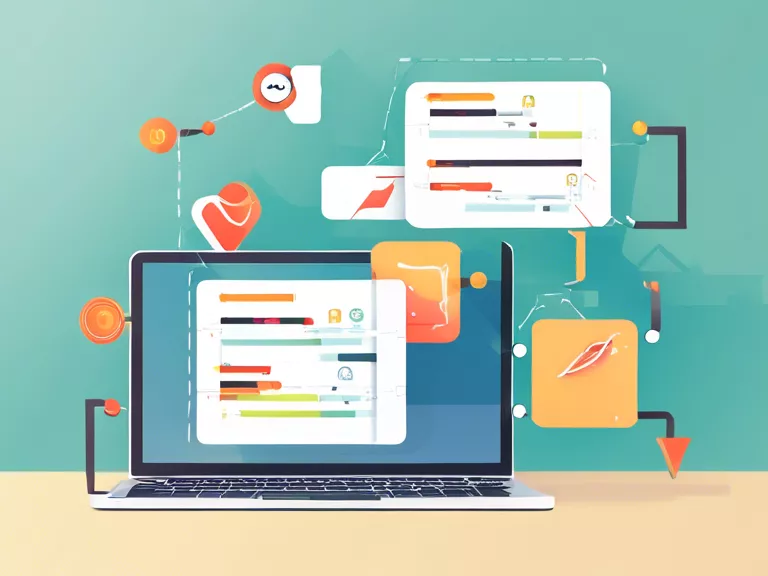
In today's fast-paced business environment, efficiency and productivity are crucial factors for success. One way to streamline processes and increase efficiency is by building automated workflows between multiple applications. These workflows can help automate repetitive tasks, reduce errors, and free up time for more important tasks. In this article, we will discuss how to build automated workflows between multiple apps for efficiency.
Step 1: Identify the apps you want to integrate
The first step in building automated workflows is to identify the apps you want to integrate. Consider which tasks are repetitive and time-consuming, and which apps can be connected to streamline these processes. Popular apps for automation include Zapier, Integromat, and Microsoft Power Automate.
Step 2: Determine the triggers and actions
Once you have identified the apps to integrate, determine the triggers and actions for your automated workflows. Triggers are events that will kick off the workflow, while actions are the tasks you want to automate. For example, you may want to send an email notification every time a new lead is added to your CRM.
Step 3: Set up the workflow
Next, it's time to set up the workflow between the apps. Use the tools provided by the integration platform to create the automation sequence. This may involve setting up conditional statements, mapping fields between apps, and testing the workflow to ensure it functions correctly.
Step 4: Monitor and optimize
Once your automated workflow is live, monitor its performance and make adjustments as needed. Analyze the data to identify any bottlenecks or areas for improvement. Regularly review and optimize your workflows to ensure they continue to run smoothly and efficiently.
By following these steps and building automated workflows between multiple apps, you can increase efficiency, reduce errors, and save time for more important tasks. Take advantage of integration platforms and automation tools to streamline your processes and improve productivity.



